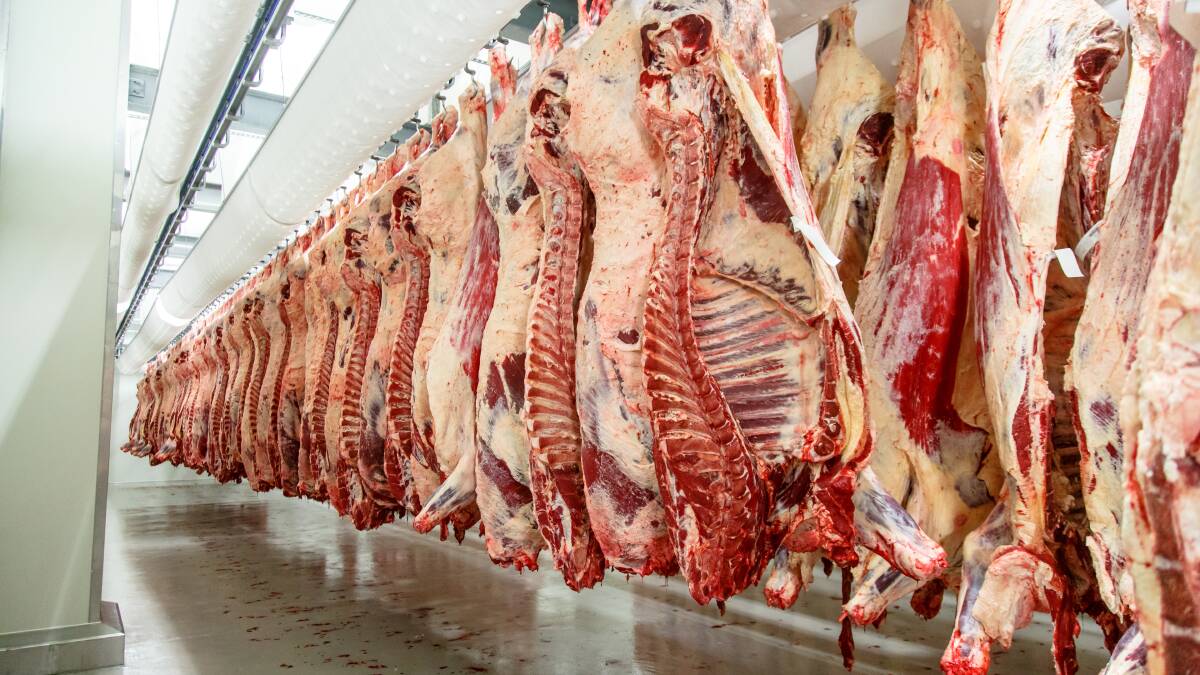
The loss of 600 meatworker jobs at Australia's largest processing plant this week could well be a sign of things to come as the cattle shortage sinks its teeth in.
Subscribe now for unlimited access to all our agricultural news
across the nation
or signup to continue reading
Processor margins are severely in the red and the record high costs of livestock are showing no signs of easing as producers work furiously to rebuild drought-ravaged herds.
JBS Australia's assertion that the Federal Government's JobKeeper program had a role to play in the 600 job losses at its Dinmore, Queensland, plant, however, has not been entirely accepted throughout the industry and certainly not in Canberra.
There appears to be little sympathy for a Brazilian-owned global meat giant which recorded a total $868 million second-quarter profit after revenue jumped by a third not qualifying for JobKeeper, regardless of the millions JBS likely pays in Australian salaries each year.
To be eligible for JobKeeper, a company with an aggregated turnover of more than $1 billion must show a 50pc reduction in turnover. For those turning over less than $1b, it is 30pc.
JBS has argued it has been unable to compete for high-priced livestock with other abattoirs using labour hire firms that were able to access JobKeeper and pass on the benefits.
Federal Agriculture Minister David Littleproud told Farmonline he did not accept JobKeeper was the reason for JBS laying off 600 staff.
"Clearly the prolonged drought, historically low herd numbers and high cattle prices are causing supply issues and these are the reasons why processors are reducing their capacity," he said.
"Not all processors are receiving JobKeeper because of their size. For those who are, it has undoubtedly meant thousands of jobs across regional Australia have been saved."
He said JobKeeper was not designed for large multi-national companies and pointed out it would be tapered down at the end of the month.
In announcing the full time job cuts, JBS chief executive officer Brent Eastwood described it as 'difficult-but-necessary action' designed to preserve a further 1,150 full time jobs at Dinmore and protect the long- term future of the facility and others owned by the company in Queensland.
Red meat processors have long been bracing for cutbacks and closures courtesy of restocking and rebuilding post-drought and industry leaders have warned the threat to rural economies would be significant.
Exacerbating the cattle supply shortage is operating cost creep, with energy top of the bill.
Thomas Elder Markets' theoretical beef processor margin model shows monthly losses per animal in August extended to $254.
Beef processor margins above a $230 profit or below a $155 loss are considered extreme, according to TEM's Matt Dalgleish.
"If meatworks are able to offset some of these cost increases by higher sales outcomes they can stem their losses. Unfortunately, for processors since December 2019 beef export prices have eased 10 to 15pc on average across key export destinations," Mr Dalgleish said.
Producer groups who have long argued for greater transparency say processors have to wear the ups and down of price curves the same way producers do.
Australian Beef Association boss David Byard said: "They made enormous profits when drought forced producers to offload at dreadfully low prices not so long ago."


